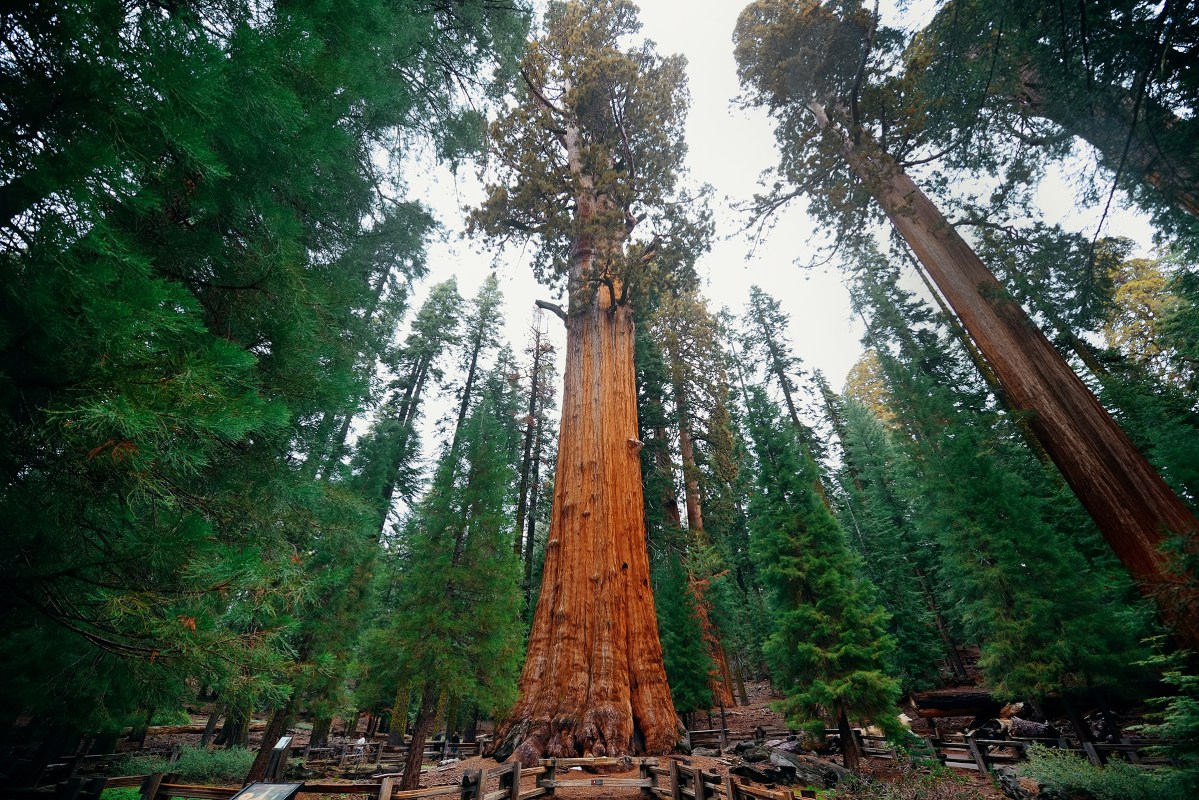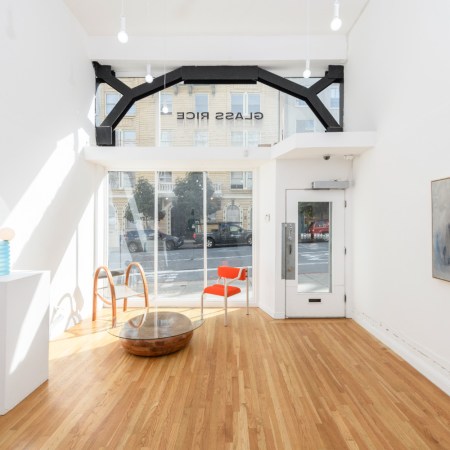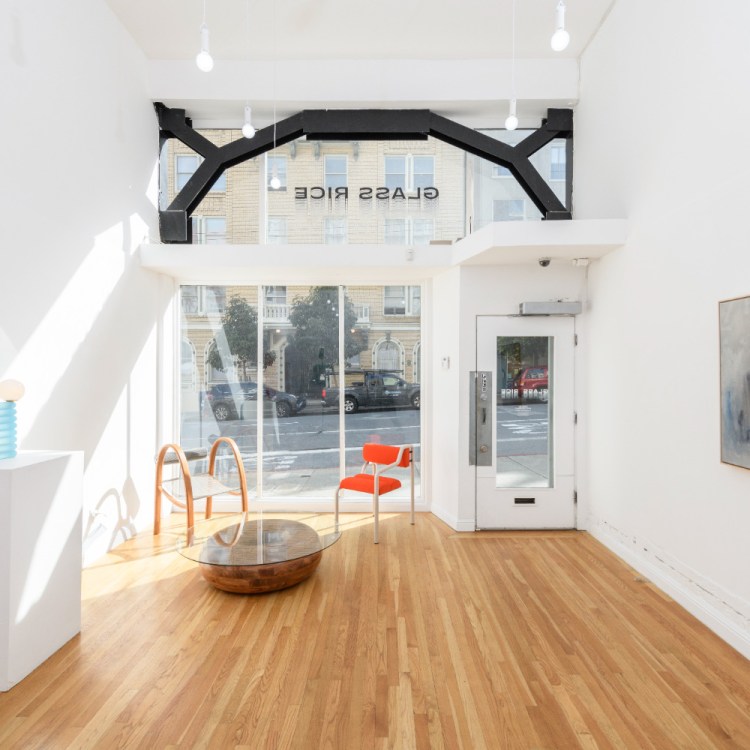If you’ve seen General Sherman wrapped up like a marathon runner draped in foil at the finish line, you’ve seen Fire Shield in action. The famed Sequoia — taller than the Statue of Liberty — had its 100-foot base protected as the KNP Complex fires, ignited on September 9, threatened the tree, believed to be somewhere between 2300 and 2700 years old.
It’s perhaps the best-circulated photo of Fire Shield at work, but Dan Hirning, CEO of Firezat, has been supplying fire-protective, reusable coverings to the U.S. Forest Service and other agencies for years. Now, as “wildfire season” becomes an unavoidable fact of California life, more private homeowners are seeking out additional ways to protect their homes, knowing that overburdened local firefighters may very well not be on hand to help.
We spoke with Hirning about Fire Shield — its history, its future and how it works to protect our wilderness structures and all they represent: as Hirning puts it, “quiet, recharging, privacy, family, embracing nature and beauty, and most important, unplugging.”
InsideHook: Can you tell me a bit about the invention process behind the product?
Dan Hirning: I had several friends lose their homes in the Cedar Fire in 2003. At the same time, we landed a Mars Rover and were driving it around on a planet 240 million miles away. I thought, if we can do that, why can’t we keep a house from burning?
I knew there had to be a better way. I first pursued gels and foams. I had sold products to Costco, and I felt that would be a good distribution for a regional, seasonal product. I started interviewing Forest Service people and firefighters and was disappointed with their response. The concerns were lack of adequate water pressure, possible lack of electricity, [an] inability to get a thick enough layer of foam compared to professional applications, possible staining of the woods, and the main problem, concern that people might stay too long trying to get the gels on or rejuvenated just before the fire hit. They pointed out that during wildfires, relative humidity drops to 6 or 8% with high heat and high winds — a lethal combination that drives evaporation. This just wasn’t the solution I was looking for.
I turned to the personal wildland fire shelters the firefighters carried into fires. I thought if it can save a human, perhaps it can save a home. We have worked through many different compositions of materials, with both field tests and laboratory testing. The Forest Service is very experienced using structure wrap, and they need maximum protection from radiant heat and firebrand attack, with structural integrity so the material can withstand stapling and high winds, with lowest possible weight. Basically, maximum heat protection, maximum coverage versus weight. Often crews will have to carry or air-drop the wrap in remote locations to wrap and go.
What has it been like, these past 17 years, as its use has become more and more critical?
Most of our business was with the Forest Service, BLM and National Parks for many years. It would ebb and flow, depending on the fire season severity. There were years where the Forest Service wanted to move away from wrapping, except for critical infrastructure buildings and historical structures, and do more of the fighting with air support and drops of Phos-Chek. But you can’t drop chemicals or water on a house from an airplane or helicopter due to physics.
Did you anticipate this hot, dry climate?
Not really, but I did know we had not been managing our forest properly for decades, from a past career working with timber companies such as Weyerhaeuser and loggers. I knew that each year, the Santa Anas caused chaos for home owners in the L.A. region on a regular basis and wanted to help.
How has the pace for you accelerated these past few years?
The season for Fire Shield protection is very short and not as big as most people assume. It will average about three to four months at most. Once the first rain or mountain snow hits, it stops like a person hitting a light switch.
There is another phenomenon I have noticed over the last six or seven years. Once the fires dominate the reporting on TV, radio and other news sources, it seems an apathy overtakes the market. I think many people are overwhelmed by the magnitude, the devastation of the images, and they just decide to roll the dice and take their chances.
The proactive people who are protecting larger homes, cabins, businesses or equipment continue to get shields, but not the mass market. It’s counterintuitive of what you would expect to happen.
How has your base of customers expanded beyond the forest and parks service?
Most of our referrals come from the Forest Service and firefighters. People who have property threatened by the fires ask the professionals what they can do to protect their property. In addition to clearing a defensible space, moving wood piles and trimming back or removing trees — all of which are critical — they often tell them [that] when the fires hit, our resources will be spread very thin, and we might not be able to be here when the fire hits. Structure wrap is the next best thing you can do to protect your home if resources are strained, or it is too dangerous to leave a fire crew behind for structure protection.
Is this the sort of product that anyone with a cabin in a dry place should have on hand to install if the day comes?
I think the answer is yes. The fire threat is not going away in the next few years and will probably get worse before it gets better, if it ever does. Fire Shields are reusable with proper care and can be deployed for many years. Many cabin owners in hot mountain climates will wrap the roof and leave it up all season. This actually keeps the cabin very cool and comfortable during very hot days.
Cabins are something special in most people’s lives. They represent quiet, recharging, privacy, family, embracing nature and beauty, and most important, unplugging. I think all of these things are more important than ever before with the pressures of an “Always On” society. Replacing them after a catastrophic fire is extremely expensive compared to the original purchase, and the emotional ties and memories can never be replaced.
This article was featured in the InsideHook SF newsletter. Sign up now for more from the Bay Area.
























